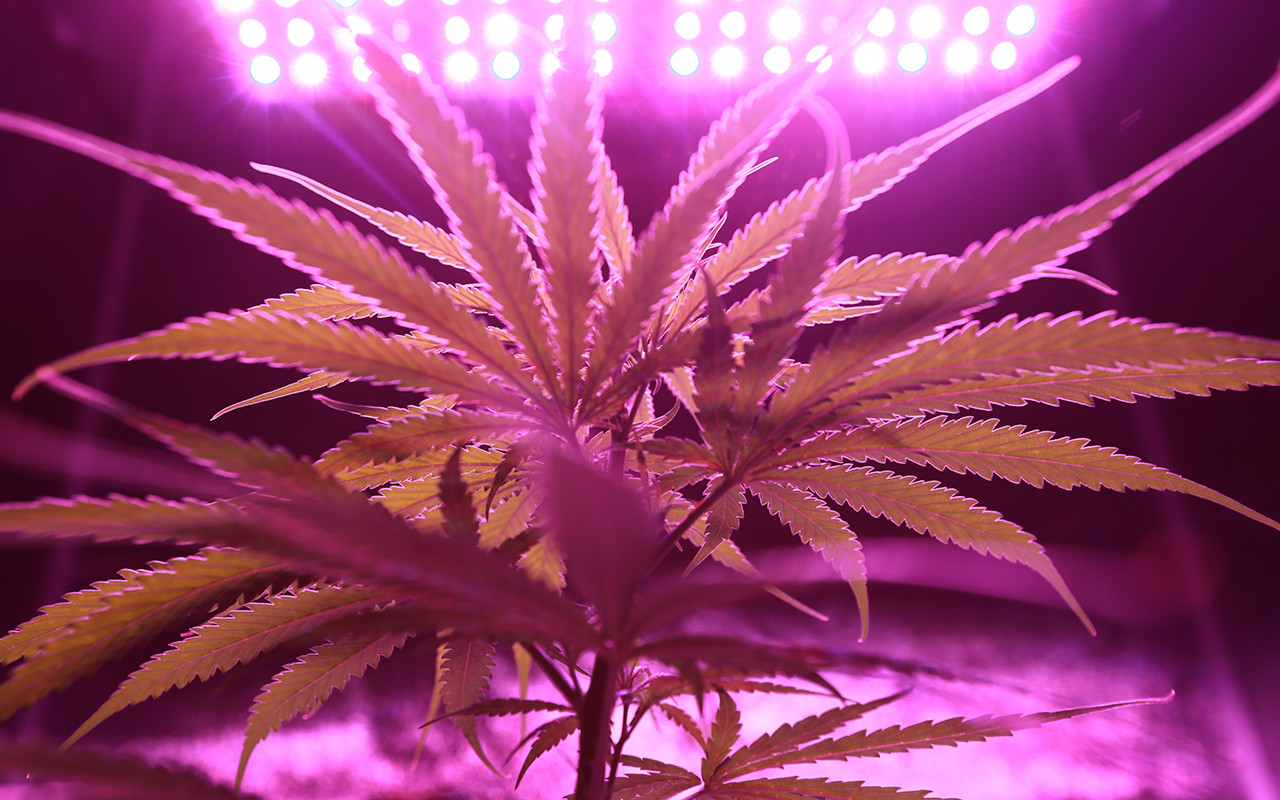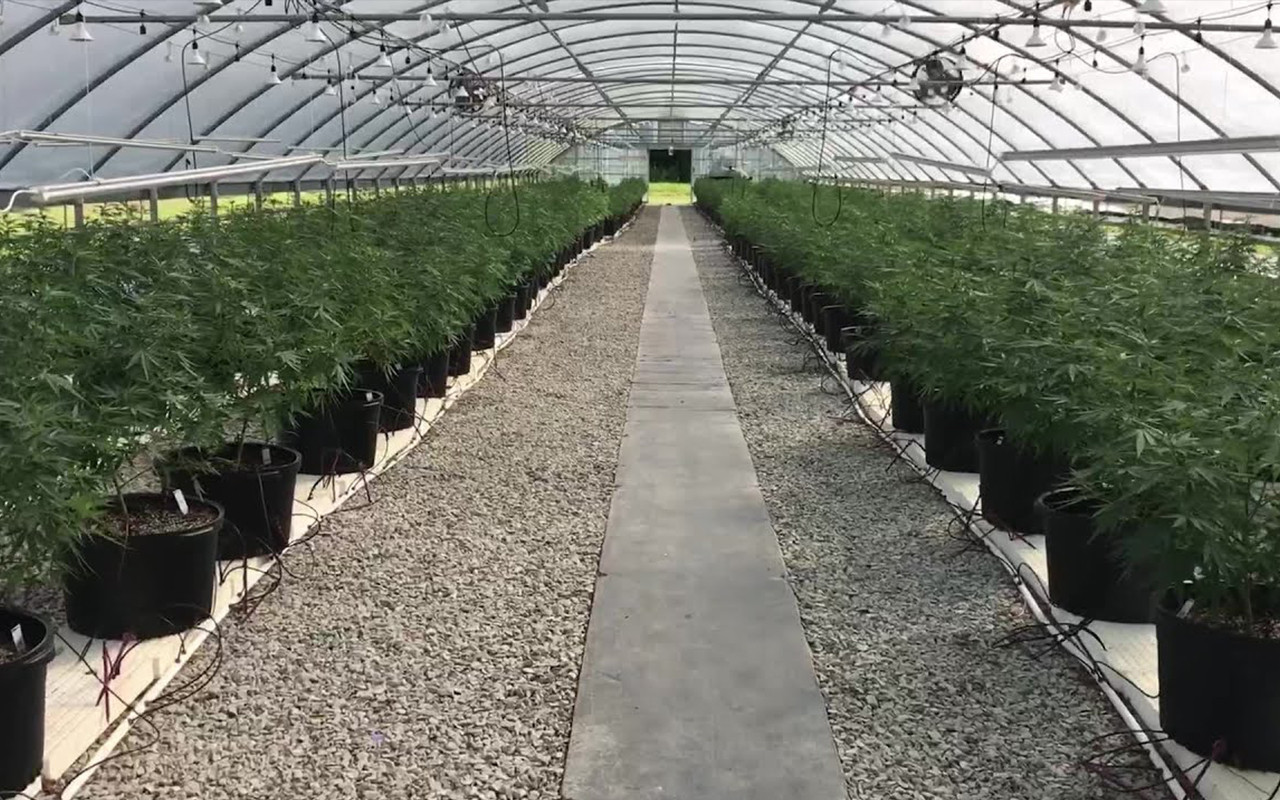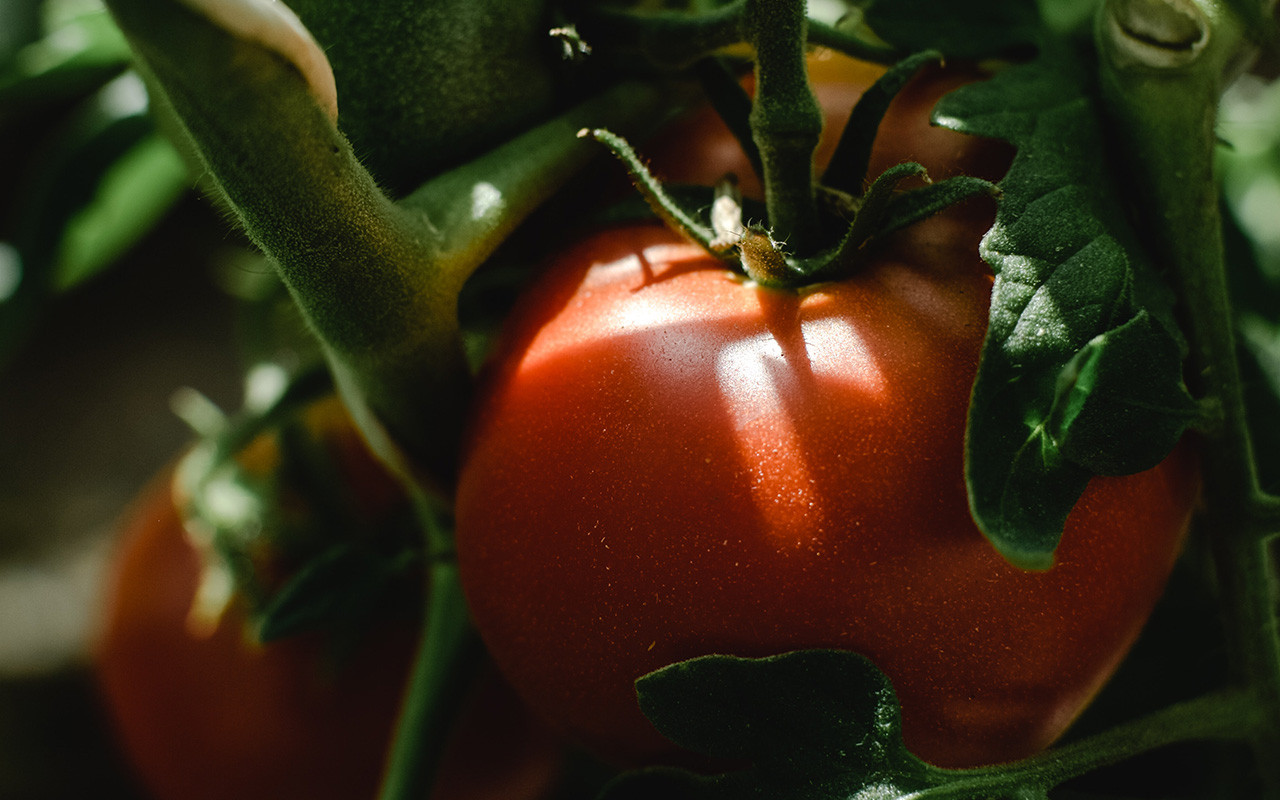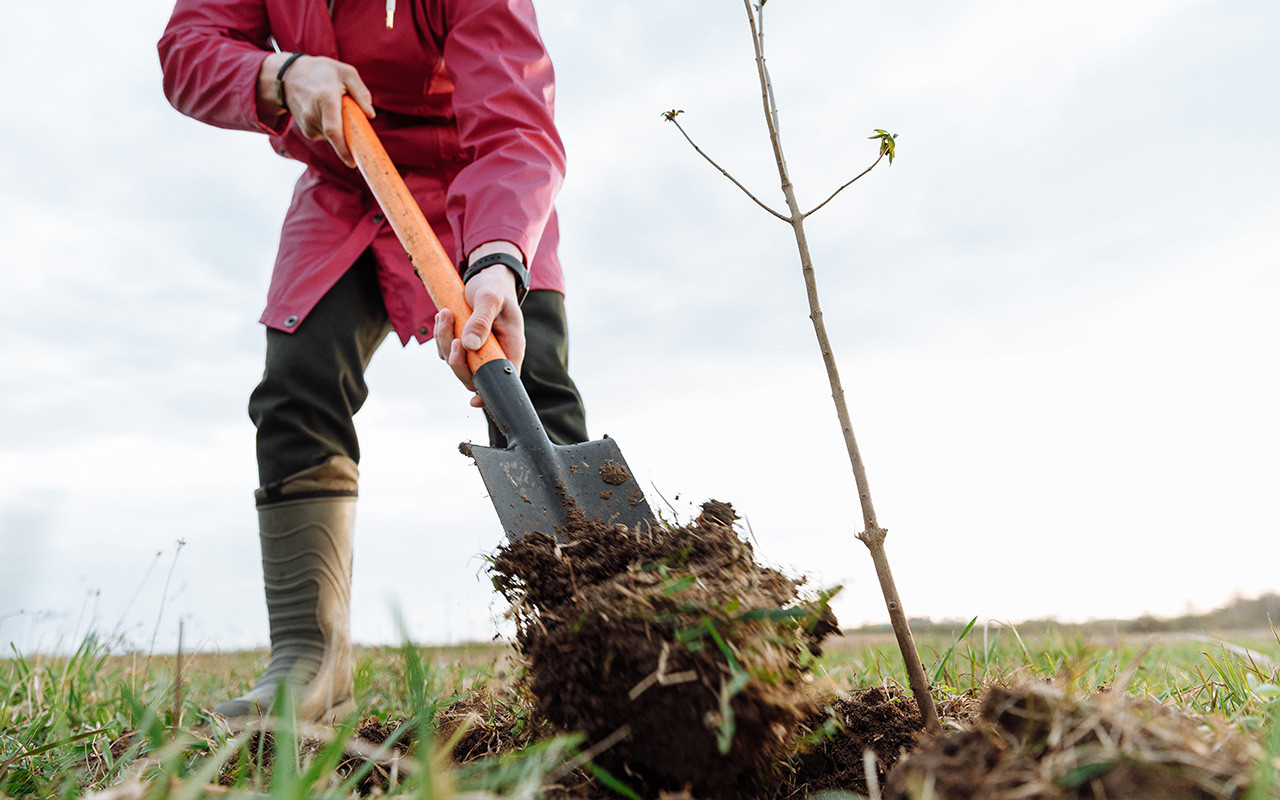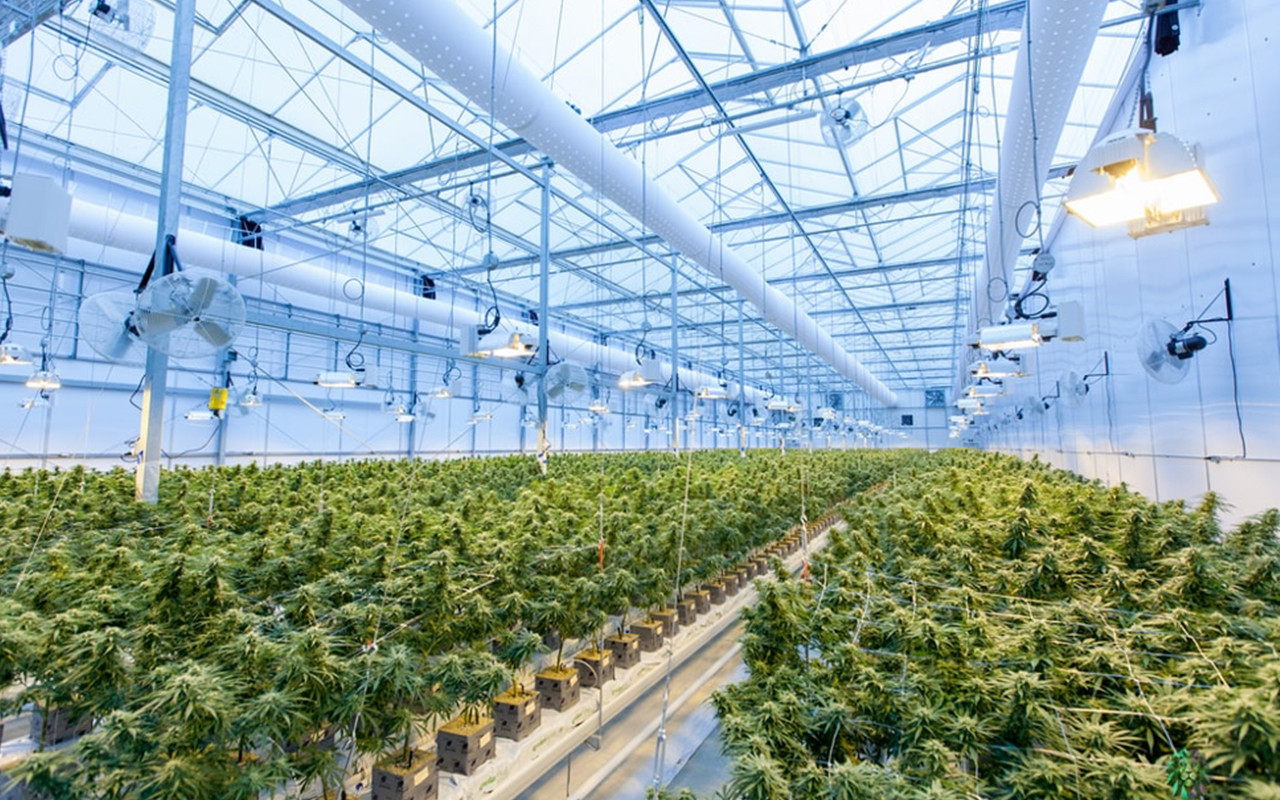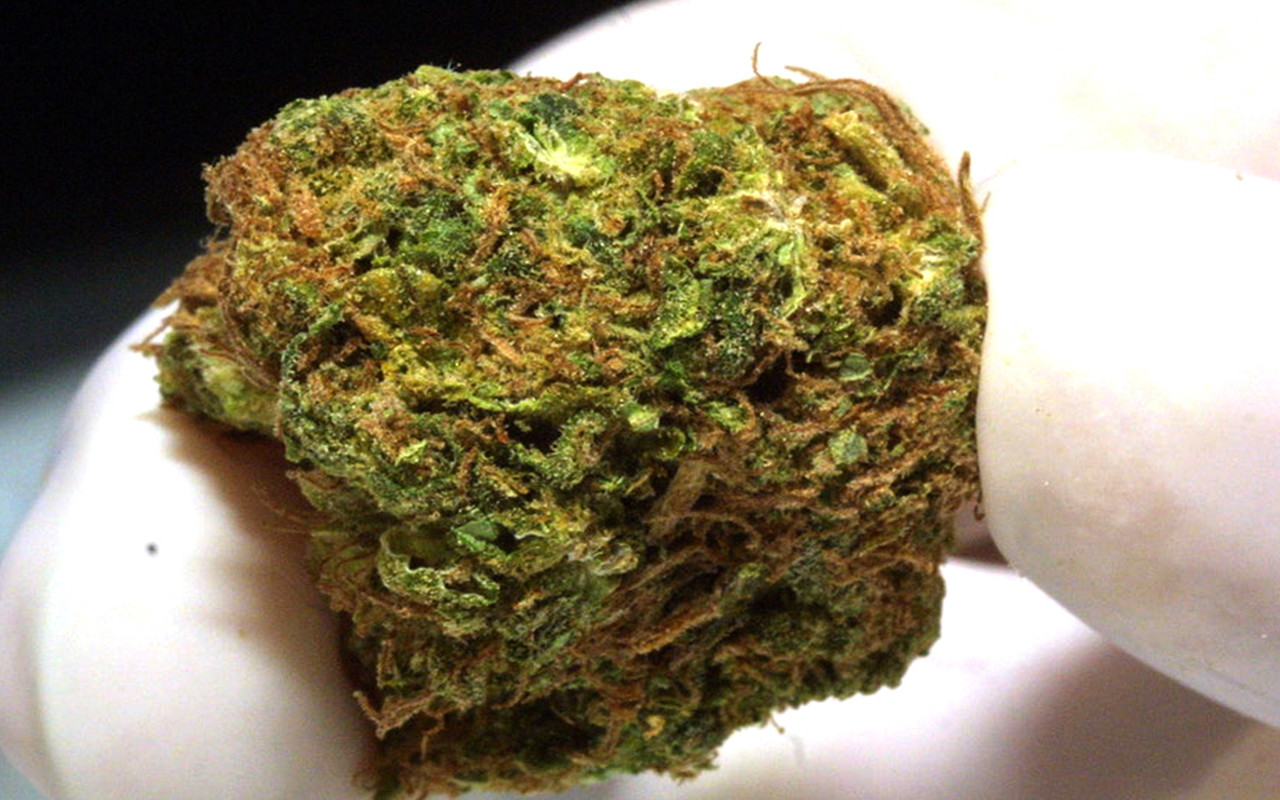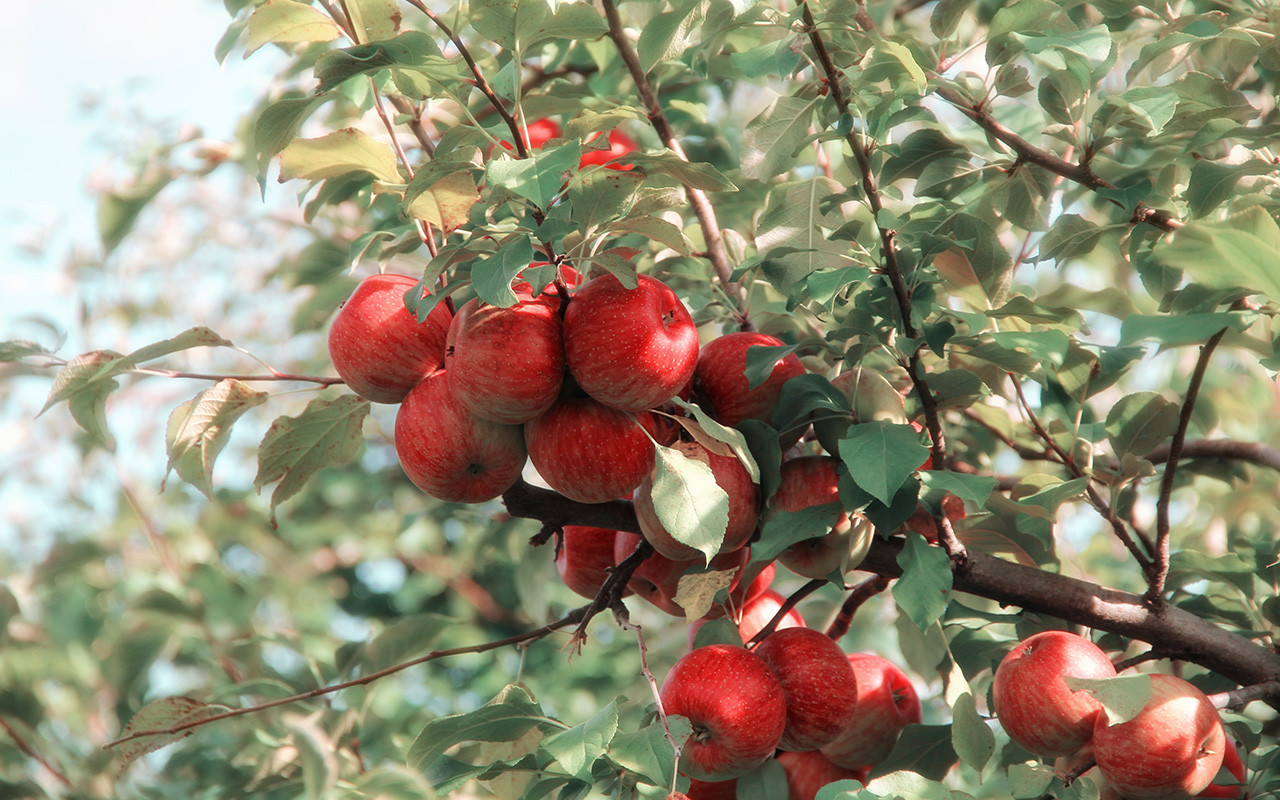With a 5000-year history, garlic is one of the most ancient cultivated plants in human history. The plant was used both for culinary and medicinal purposes back then before it even had cloves! From India to China and Greece; everyone has known how good this bulb can taste when cooked or thrown into dishes like stir-fry’s sauce (or mayo). But what you might not know about these little guys?
They’re actually pretty delicate crops-- need careful attention from day 1 or else your whole harvest will be ruined because there won't ever grow enough roots down deep enough underground where all those icky fungi live... So stick around cause we're going over everything including planting tips & tricks that helped our ancestors keep their harvests.
Organic fertilizers are made from natural ingredients like manure, plant waste, and compost. Chemically-based fertilizers on the other hand may contain phosphates or nitrates that can cause groundwater contamination or algae blooms in water bodies. That's why it is important to choose organic fertilizers as they do not pollute the environment. Organic fertilizer offers a wealth of benefits such as improving soil quality and reducing erosion.
Many of us have a dream to grow our own fruits and vegetables. Apple trees are a perfect example of why we should never give up. Despite the long odds, it's possible to grow apples in your garden. All you need is patience and some tricks to get the bigger and better yield by harvest time. You can do this!
In this blog post, we will cover five ways you can improve apple production in your garden with just a few simple steps. These tips are perfect for any gardener who wants their harvest to be bigger and better than ever before!
What do you need to know in order to grow well-fed, proper, and tasty tomatoes? You'll need a sheltered location with full sun exposure or light shade for at least 6 hours per day. In the meantime, get started by adding compost and fertilizer to your soil before planting your seedlings. As they grow, water them regularly and add more fertilizer every month until harvest!
Growing tomatoes is one of the most rewarding gardening tasks you can undertake. Anyone who has ever grown a tomato knows that it's simple, but not every ordinary tomato will do! You want to grow meaty tomatoes with plenty of taste and texture. The key is following these tips for growing the best tomatoes possible.
When it comes to change, our collective population has always maintained an apprehensive stance towards it. When the steam train came out, no one believed that we could travel upwards of 40 miles per hour and that people would start fainting at this speed. When electricity was first introduced in domestic homes in the late 19th and early 20th century, the mass populace feared the risk of electrocution. Even President Benjamin Harrison and his wife were afraid of getting an electric shock when turning switches on and off.
If you’re looking to get into cultivating hemp, then you need to do it quickly. The market indicates that there is a growing interest in its cultivation, given its plethora of uses, fast cultivation times, and potential for scaling. Without prior knowledge of growing the plant, you may encounter challenges that are not easy to resolve. If you start big initially, you may end up biting more than you can chew. Hence, the best course of action would be to test out how you’re going to go about cultivating hemp in a greenhouse.
It’s essentially a small lab for testing out the right conditions that favor your crop, allowing for you to discover ways of minimizing cost and boosting yield. If you don’t know how, read on to find essential tips on building the perfect hemp greenhouse.







